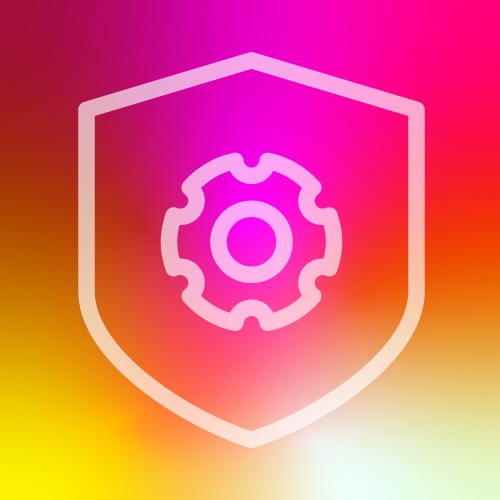Secure Edge provides customers with the ability to access the security features available on Juniper's security, routing and switching hardware (SRX Series Service Gateways) in the cloud.

Juniper Networks has launched a new cloud-delivered security service, Juniper Secure Edge, as part of its Secure Access Service Edge (SASE) platform, to provide customers with a way to transition from solely relying on physical appliances for network security.
Secure Edge provides customers with the ability to access the security features available on Juniper's security, routing and switching hardware (SRX Series Service Gateways) in the cloud.
Kate Adam, senior director of security product marketing for Juniper Networks, says Secure Edge can assist customers at the beginning of their cloud migration process in gradually transitioning from reliance on SRX devices to accessing more security features in the cloud. Adam says this provides customers with the option to continue using SRX devices in combination with cloud-delivered security, or begin reducing reliance on the physical hardware.
"We have quite a few customers just starting their journey into cloud-delivered security. They have SRXs and want to continue using them and we want them to transition to cloud-delivered architecture at their own pace," said Adam.
Secure Edge is managed by Juniper's Security Director Cloud, a cloud-based portal for management of SASE and services. "That's why the Security Director Cloud piece, the management component is so important," said Adam. "As they roll out cloud-delivered security at different sites and for different users, they can apply the same policy that has been delivered on their SRXs."
Adam says Security Director Cloud was met initially by mixed reviews at its launch last May – a management portal didn't seem SASE-enough for customers – but Juniper's strategy was to first launch a management service and gradually add on more SASE services now that customers are familiar with the user interface (UI).
"Releasing management first was aligned with our strategy of putting user experience first," said Adam. "Now that we're releasing Secure Edge, those negative responses a year ago are turning to positive because they see the whole picture coming together, they see why we did that, and now they can experience the benefit of having management as the component that brings everything together in service of operational efficiency and easing the day-to-day management of InfoSec [information security] for security teams."
The new Secure Edge feature provides unified policy management via Security Director Cloud for users to apply application/user-based access, firewalls, IPS, anti-malware, secure web access and more through one policy.
"Whether a user is going through SRX or Secure Edge, that zero-trust framework follows them," said Adam.
Security policies can be applied wherever users are located, which Juniper says is beneficial for the remote/mobile workforce. Secure Edge also integrates with identify providers, such as Azure AD, Okta and others, through SAML 2.0 (Security Assertion Markup Language) authentication support.
"Organizations must leverage zero trust principles to give workers secure access to the data and applications needed to do their job from anywhere," said John Grady, senior analyst for Enterprise Strategy Group, in a statement. "With Juniper Secure Edge, IT teams can simplify their transition to a SASE architecture by leveraging the benefits of a single stack security solution with unified policy management in a single UI."
SaaS-based security on the rise
Software-as-a-service (SaaS) and virtual-based network security is forecast to account for 51% of the $33 billion total Network Security market revenue in 2026, according to Dell'Oro Group. SaaS- and virtual-based web application firewalls (WAFs) are predicted to reach a compounded annual growth (CAGR) of 25% from 2021 to 2026, and SaaS-based secure web gateways (SWGs) will grow at a pace of 23% CAGR from 2021 to 2026, as "hybrid work becomes more commonplace," writes Dell'Oro.
On the other hand, physical firewall appliance revenue, which accounted for over 75% of total hardware-based network security revenue in 2020, is likely to only grow at a rate of 7% CAGR from 2021 to 2026.
"Between enterprises embracing cloud applications and hybrid work as the new normal, we see them preferring SaaS- and virtual-based network security solutions that serve these use cases better," said Mauricio Sanchez, research director for network security at Dell'Oro Group, in a statement. "This is not to say that we see hardware security appliances disappearing, but they no longer represent the vanguard of network security they once were."
Related posts:
— Kelsey Kusterer Ziser, Senior Editor, Light Reading
About the Author(s)
You May Also Like











